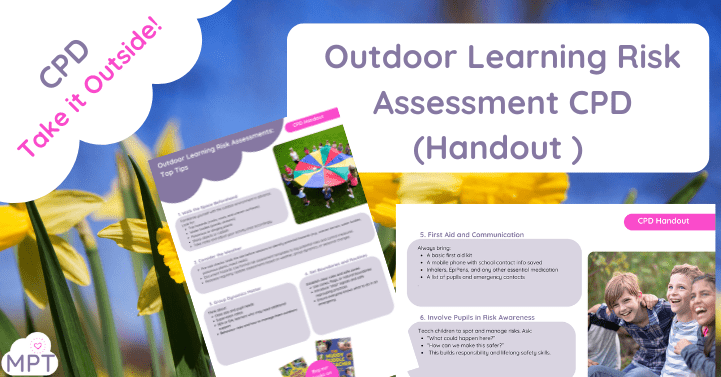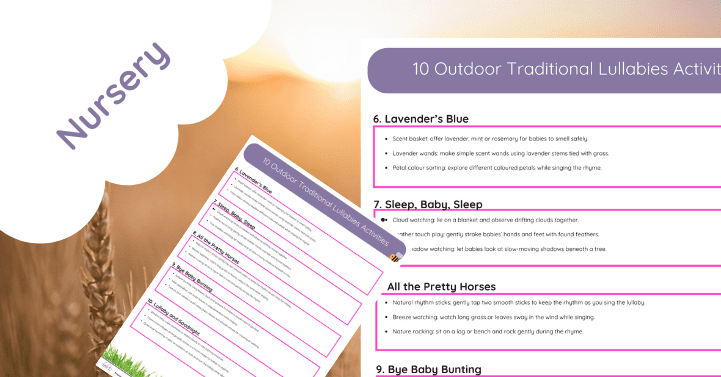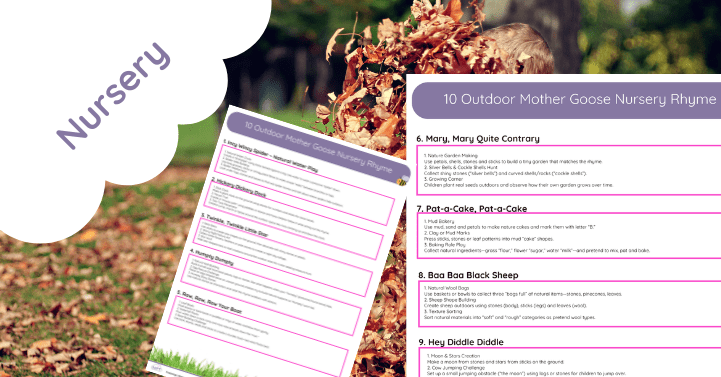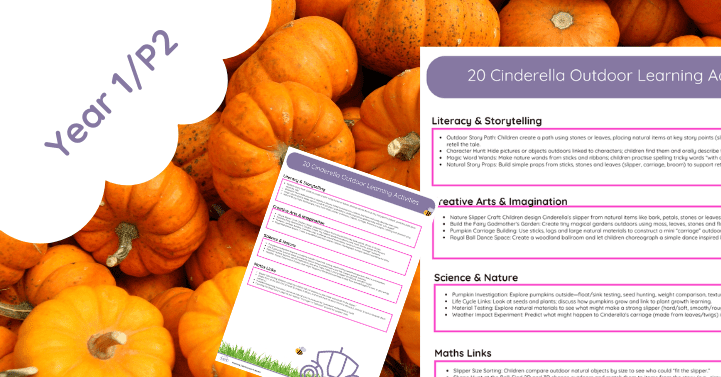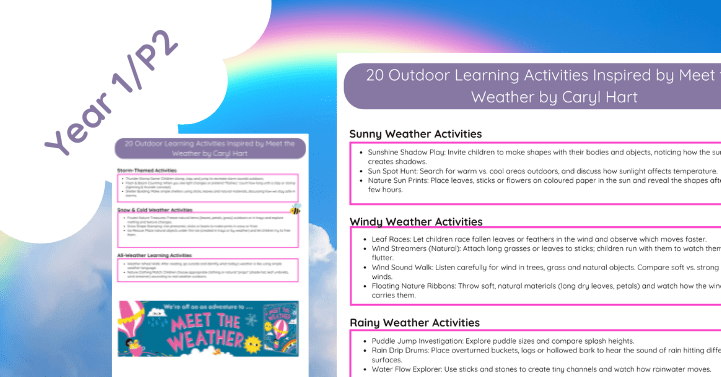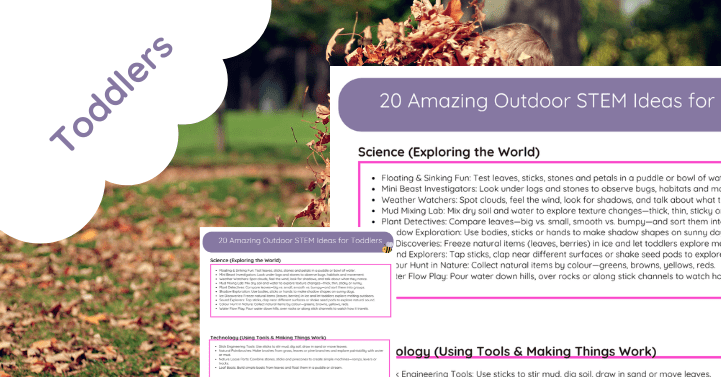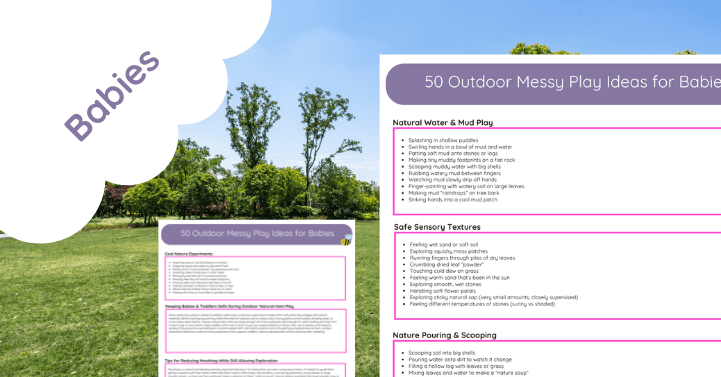🌿 Outdoor Learning Risk Assessments: Top Tips (Information Sheet)
Confidence, Clarity, and Control—Every Time You Step Outside
Take the stress out of safety with this clear and practical Outdoor Learning Risk Assessments: Top Tips information sheet. Designed specifically for teachers and educators, this printable CPD resource offers bite-sized, actionable advice to help you lead outdoor learning sessions with confidence.
Whether heading to the school field, forest area, or local park, this guide will help you plan smarter and keep your class safe while still embracing the freedom of learning outdoors.
✅ What’s Inside
-
Key tips for identifying and managing outdoor hazards
-
Weather and seasonal safety considerations
-
Supervision strategies and group dynamics
-
Emergency planning and first aid prep
-
Risk awareness techniques to use with your pupils
-
Links to free templates and further support
🧠 Perfect For:
-
Primary and early years teachers
-
Outdoor learning leads
-
Forest school practitioners
-
CPD sessions and INSET training
📎 Format: PDF (ready to print or use digitally)
🌱 Pair it with: Outdoor Learning Safety Advice (CPD Handout)
Help your team step outside with peace of mind and professional preparation.
Plan with purpose. Teach with confidence. Stay muddy, not messy.
👉 For more outdoor CPD tools, visit The Muddy Puddle Teacher
1. Conduct a Pre-Visit Site Assessment
Before introducing students to a new outdoor location, visit the site to identify potential hazards such as uneven terrain, water bodies, or harmful vegetation. Familiarizing yourself with the environment allows for proactive risk management.
2. Involve Students in the Risk Assessment Process
Engage students by teaching them to assess and identify risks in the outdoor setting. This collaborative approach fosters responsibility and heightens their awareness of safety protocols.
3. Establish Clear Boundaries and Safety Guidelines
Define specific areas where activities will take place and communicate these boundaries to students. Utilize natural landmarks or temporary markers to delineate safe zones, ensuring students understand and respect these limits.
4. Prepare for Weather Variations
Weather conditions can change rapidly. Monitor forecasts and ensure students are appropriately dressed for the expected weather. Have contingency plans in place for adverse conditions to maintain safety and comfort.
5. Equip and Train for First Aid
Always carry a well-stocked first aid kit and ensure that at least one supervising adult is trained in first aid procedures. Being prepared to address minor injuries promptly can prevent more serious complications.
6. Document and Review Risk Assessments Regularly
Maintain detailed records of risk assessments for each outdoor activity. Regularly review and update these documents to reflect any changes in the environment or activity plans, ensuring ongoing safety compliance.
By implementing these strategies, educators can create a secure and enriching outdoor learning environment that encourages exploration and growth.
For comprehensive resources and training on outdoor learning safety, visit The Muddy Puddle Teacher.
Note: Always adhere to your institution’s policies and local regulations when conducting outdoor activities.


